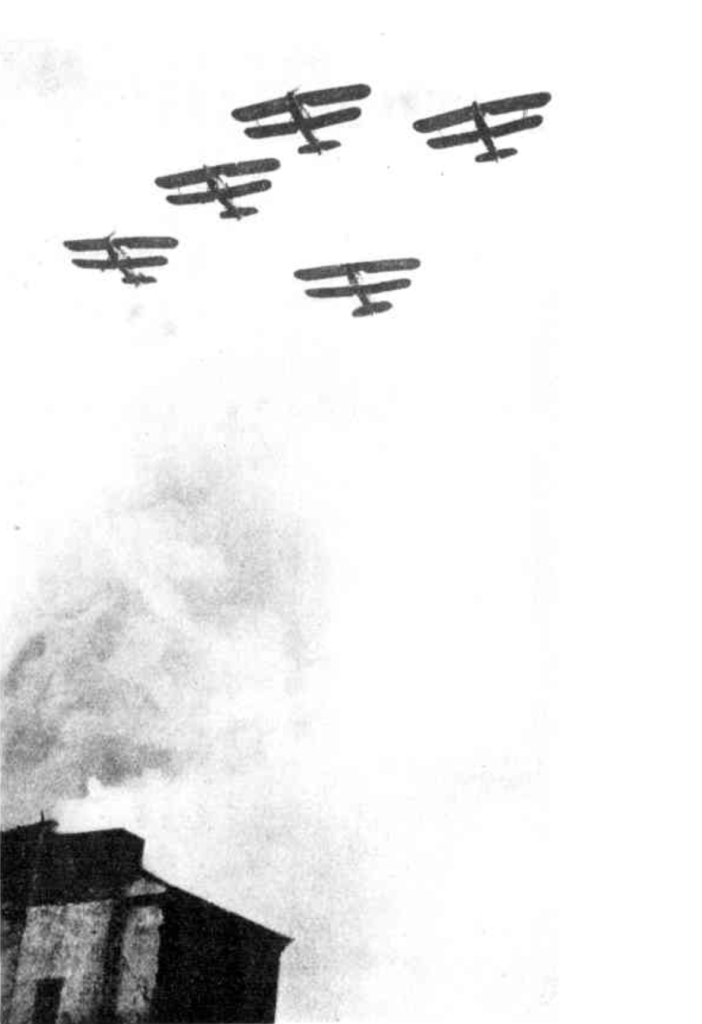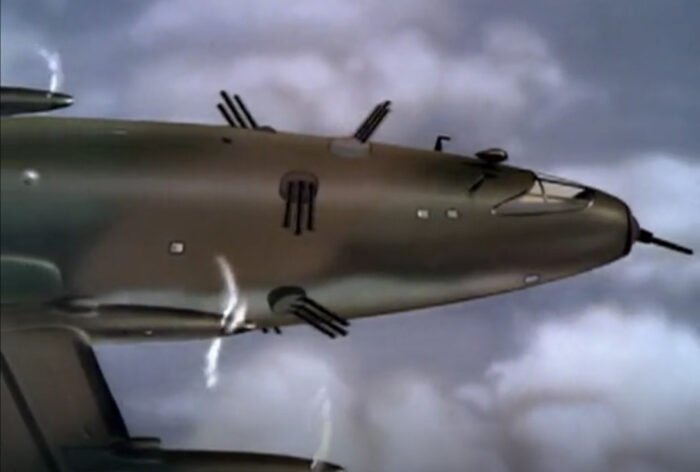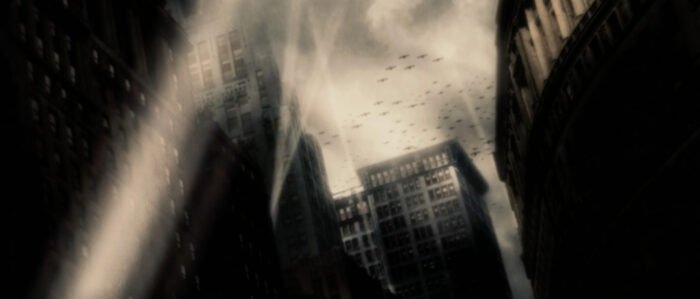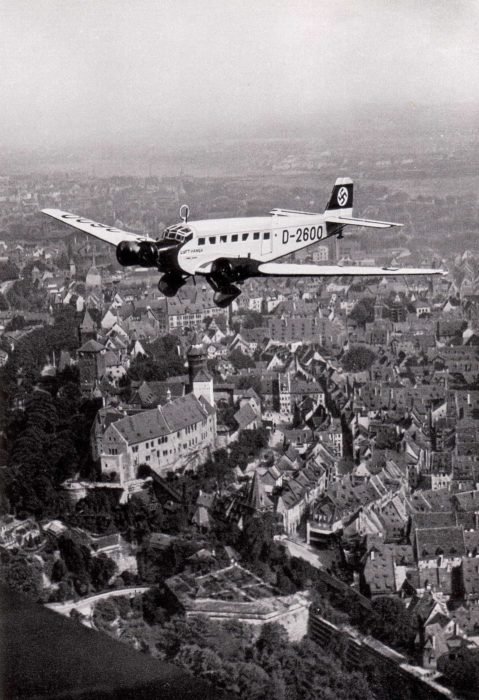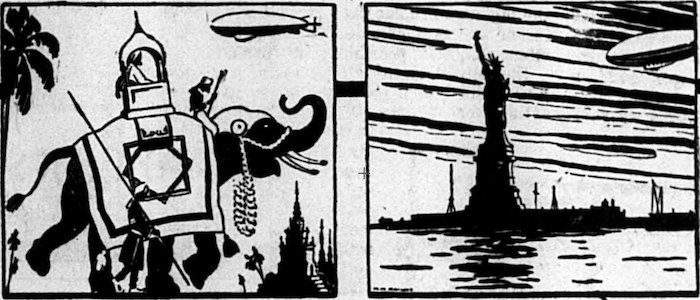The most air-raid-minded town in Britain
A cloud of smoke billows up from a building during a low level bombing attack carried out by biplanes. The First World War? Air control in the Middle East? Fascist bombers over Spain, or Japanese bombers over China? No, it’s an air raid carried out by the RAF against Nottingham on 15 May 1938. Of […]


